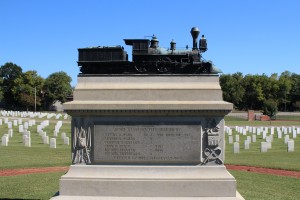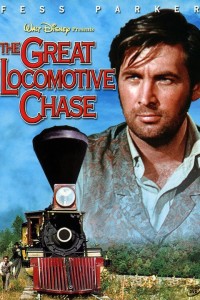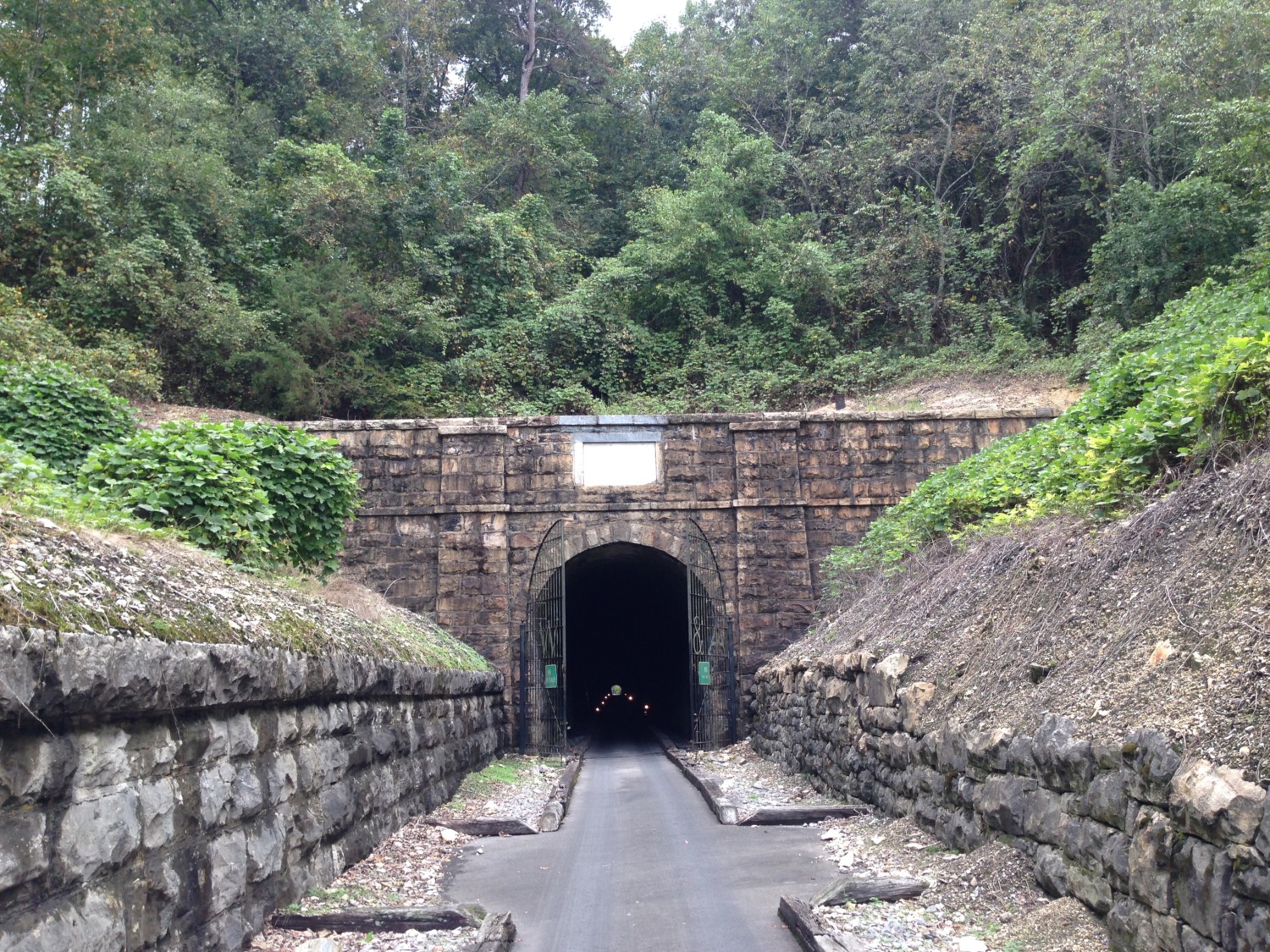Half an hour south of Chattanooga is a tunnel through a mountain built by the Western and Atlantic Railroad in 1850. This railroad line was the first that connected Atlanta to states in the northwest and helped Atlanta become a hub of commerce for the south. The tunnel was the first build south of the Mason Dixon Line.
In April of 1862, Major General Mitchell of the Union Army and civilian scout James Andrews came up with a plan to disrupt the train line into Atlanta. Andrews would lead a small group of Union soldiers to steal a locomotive and ride it north from Atlanta to Chattanooga, cutting the telegraph lines and destroying the track behind them. This group was known as Andrews Raiders and the subsequent theft and pursuit became known as the Great Locomotive Chase.
On the morning of April 12, the Raiders climbed aboard the General (the name of the engine car) at Big Shanty (now Kennesaw) and headed north. They would have been successful if not for the dogged pursuit by the train’s conductor, William Allen Fuller. Fuller pursued the engine on foot, then by handcar, then by commandeering another engine. His pursuit did not give the Raiders the time to destroy the tracks and eventually a message was sent ahead so Confederate troops met the General in Ringgold and captured the Raiders. Eight of the Raiders were hanged for treason. The others either escaped or stayed in prison camps until exchanged back to the Union.

All of the Raiders, except for Andrews, were given the first Medals of Honor created by the US government. Andrews was not eligible because he was a civilian. The graves of those who were hanged are in the National Cemetery in Chattanooga with a special memorial that has a likeness of the General on it.
 This very interesting story was made into a movie by Walt Disney in 1956. Tom and I purchased the movie and enjoyed watching it very much. It was extremely true to life, with none of the Disney fictionalizing that is so common. Fess Parker starred as James Andrews and did a commendable job explaining why a southerner would turn spy for the Yankees.
This very interesting story was made into a movie by Walt Disney in 1956. Tom and I purchased the movie and enjoyed watching it very much. It was extremely true to life, with none of the Disney fictionalizing that is so common. Fess Parker starred as James Andrews and did a commendable job explaining why a southerner would turn spy for the Yankees.
Tom and I visited Tunnel Hill, which is now restored and available for tours. Tunnel Hill was the site of a Civil War Battle in 1864 as part of the Campaign for Atlanta. As we walked through the tunnel, we thought about the soldiers who rode a stolen train and soldiers who died to protect the tunnel or to take it from southern control. Amazing that one railroad tunnel could be worth so many lives.

